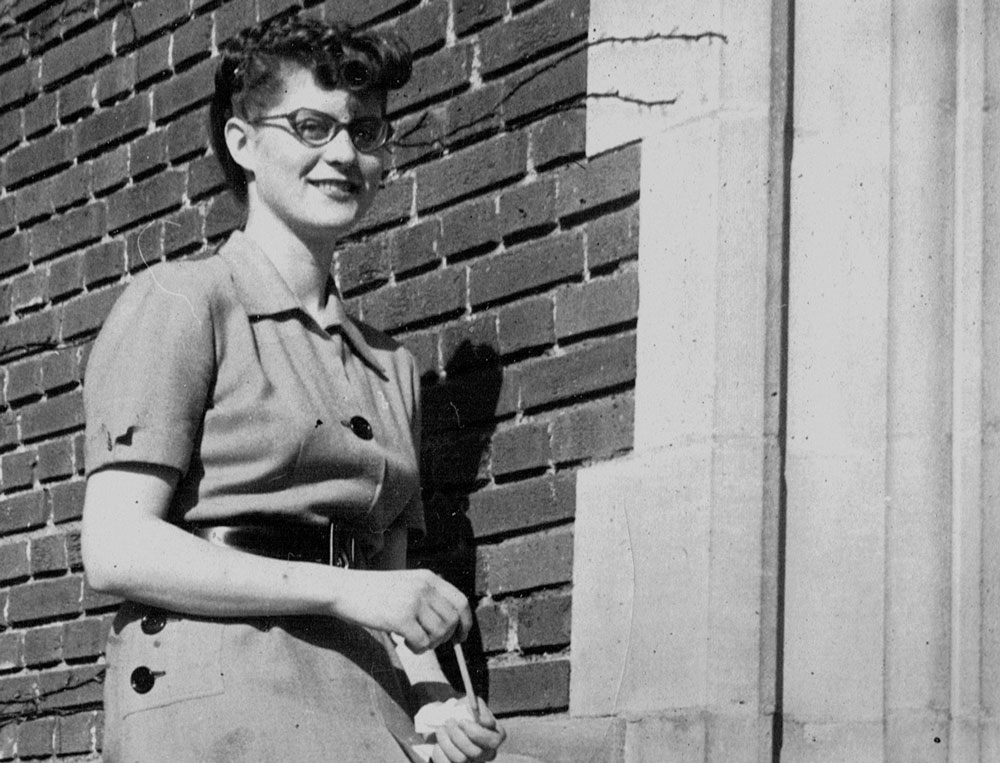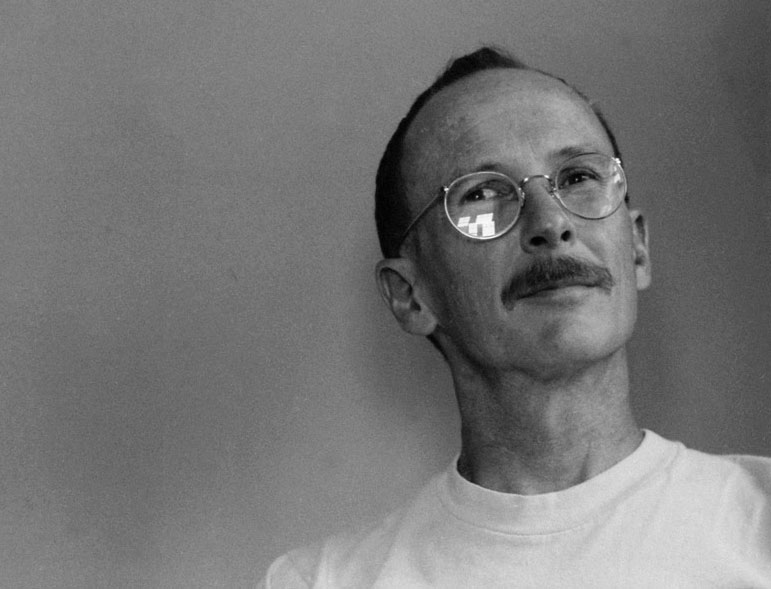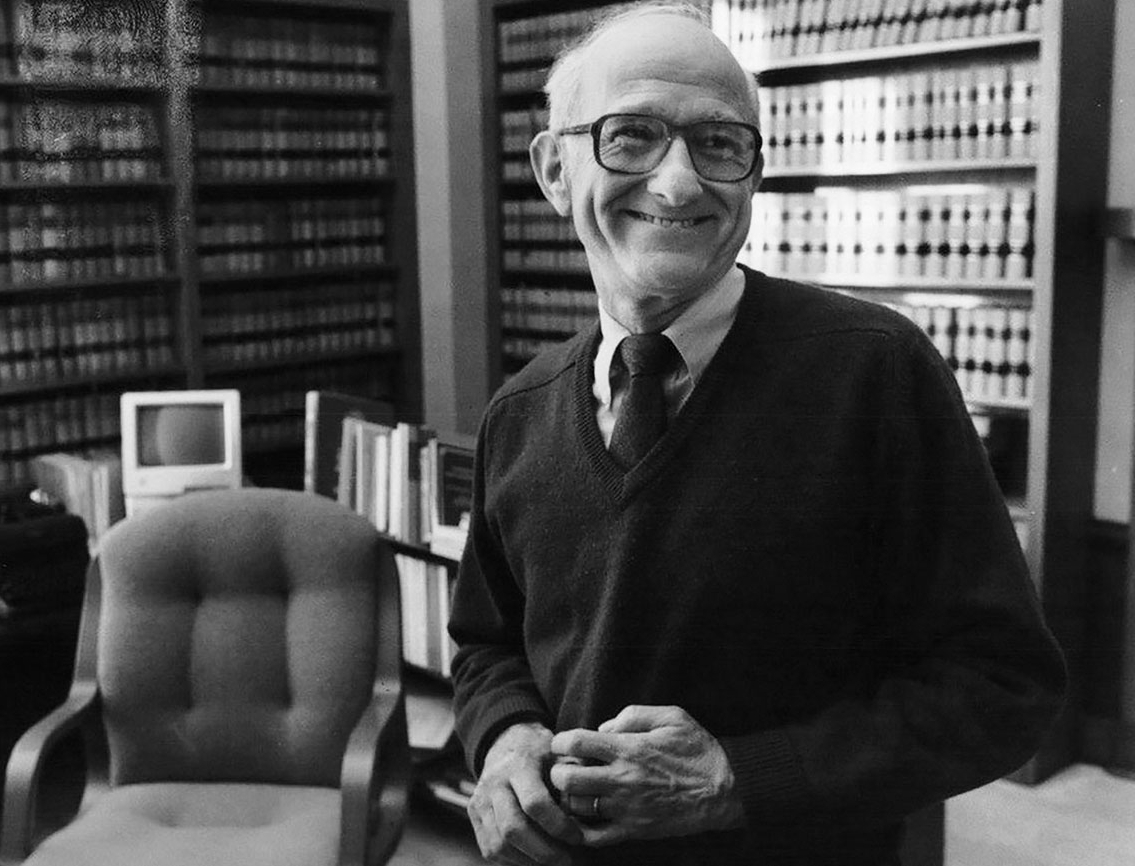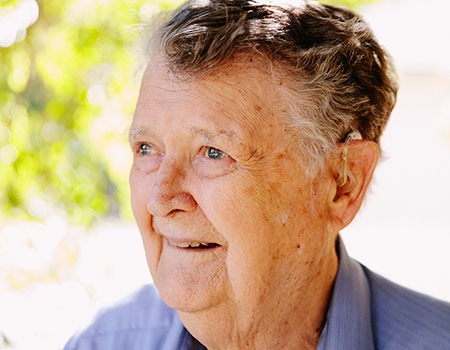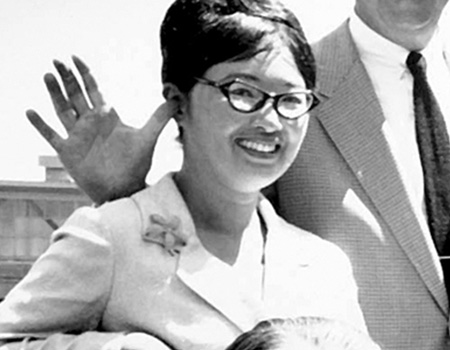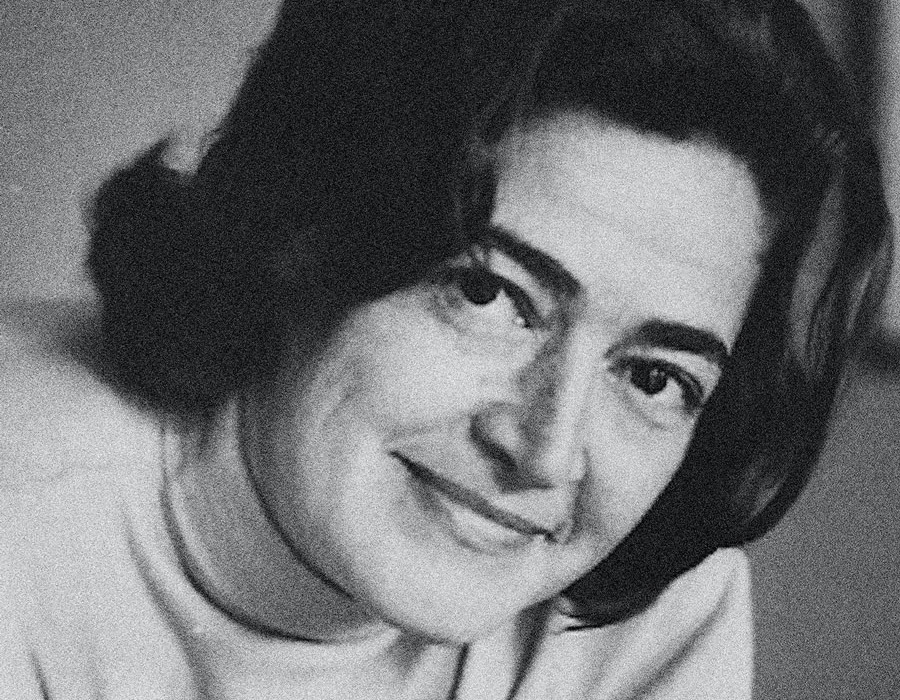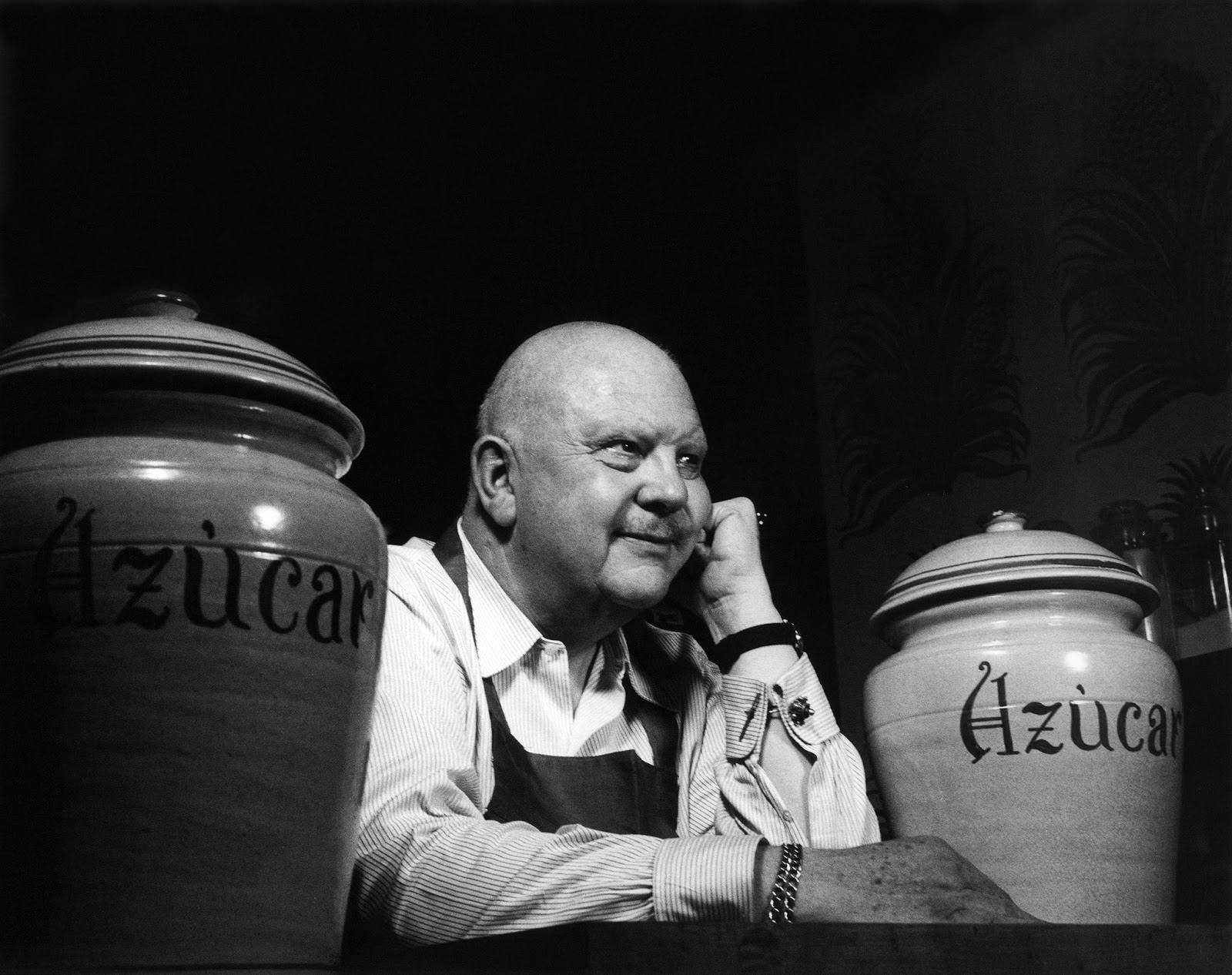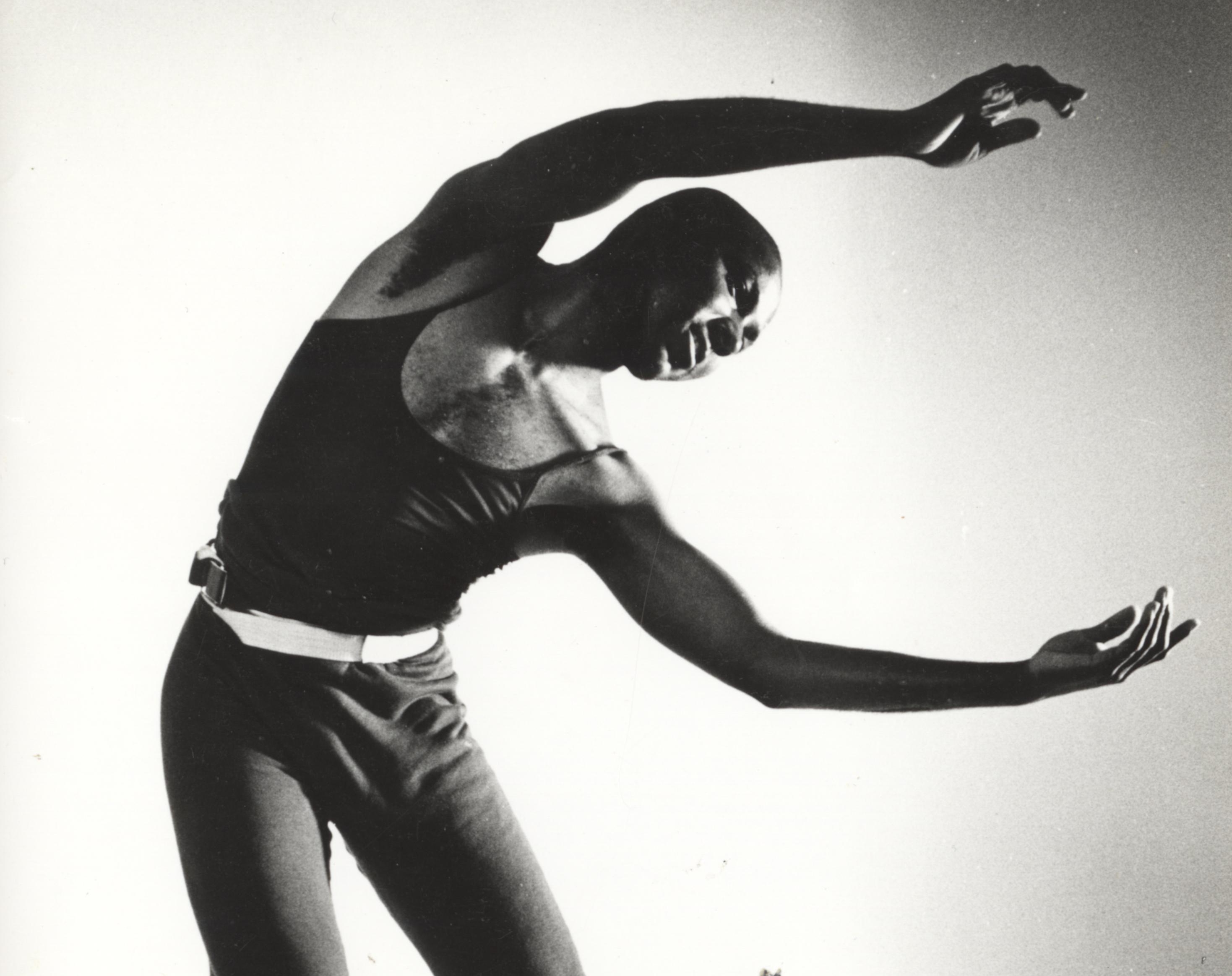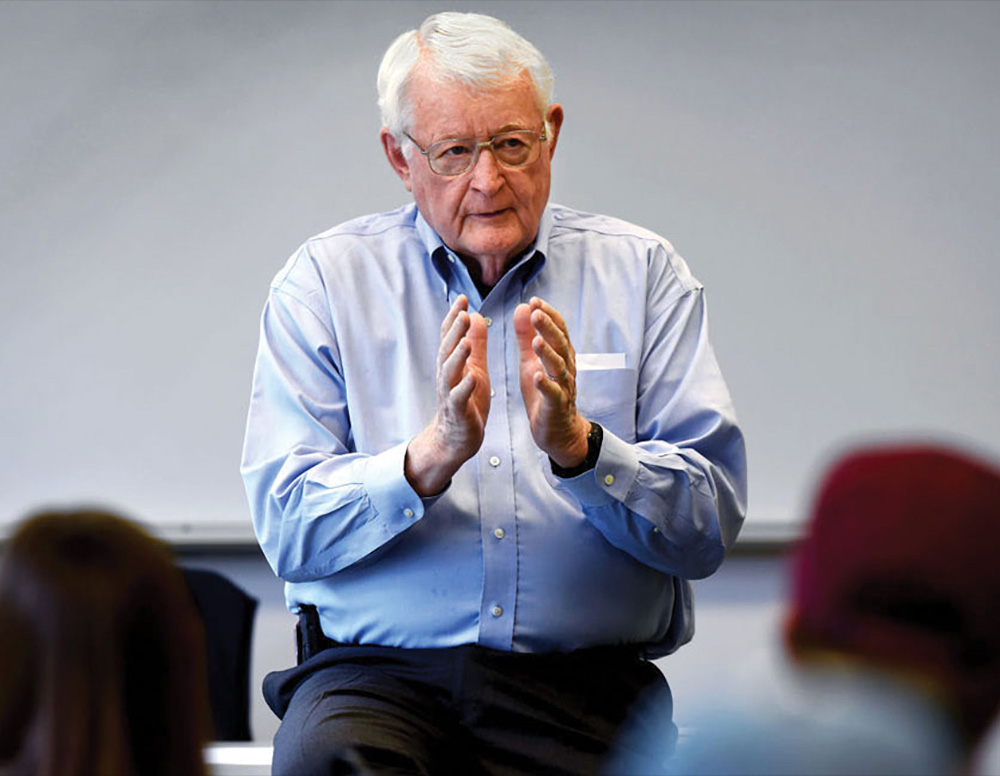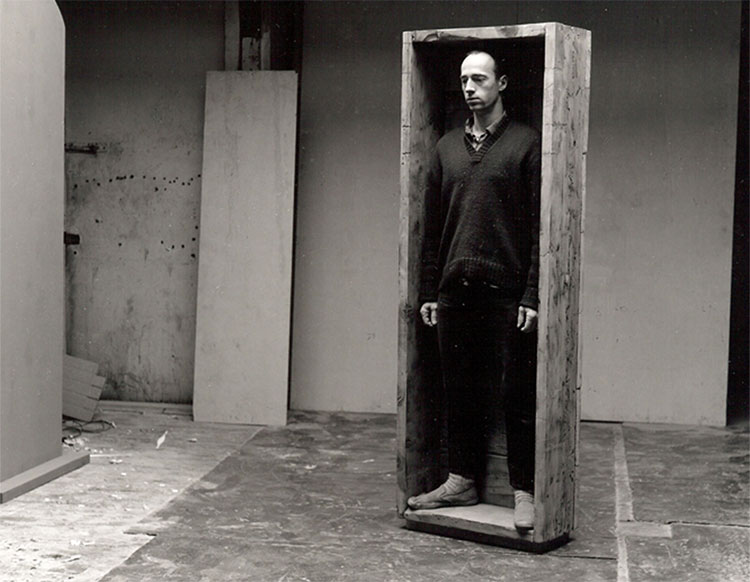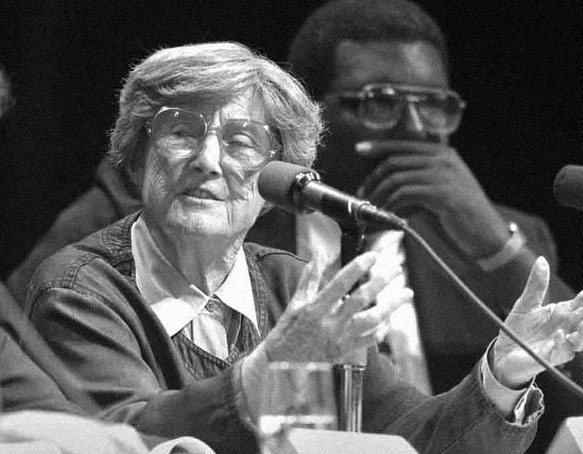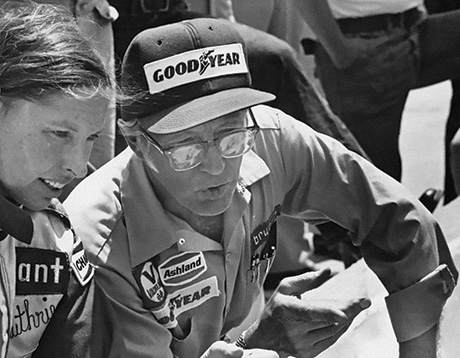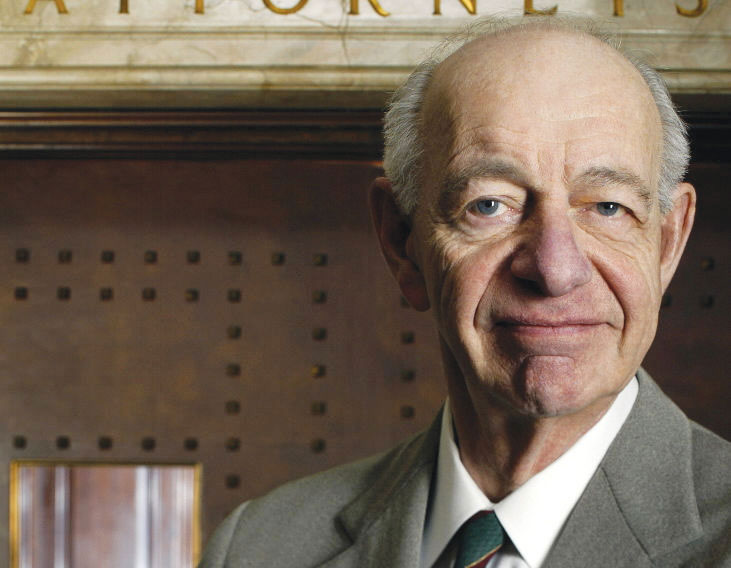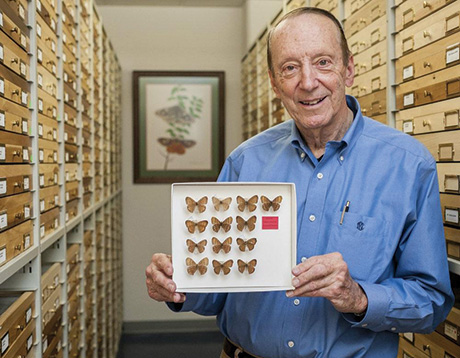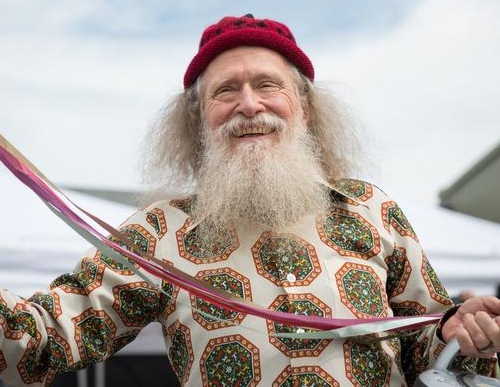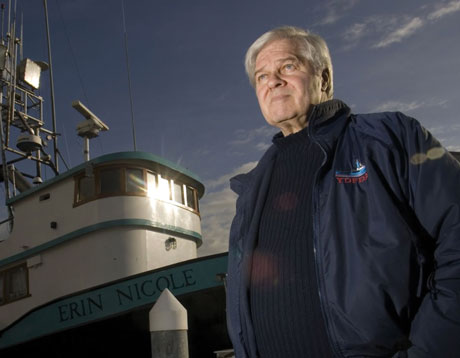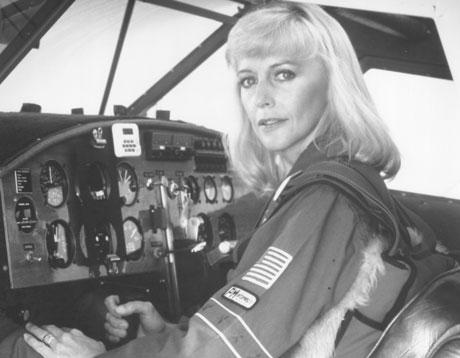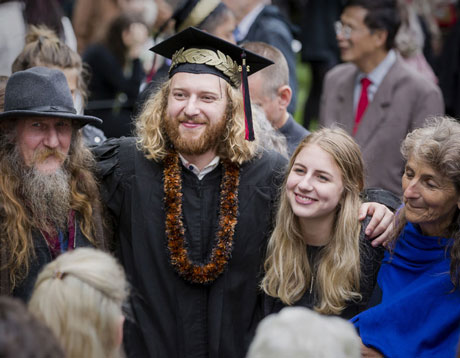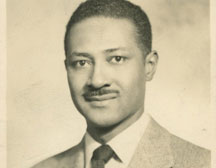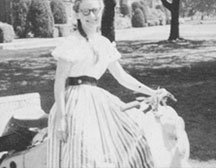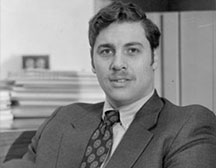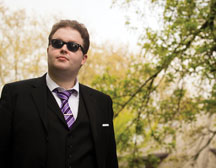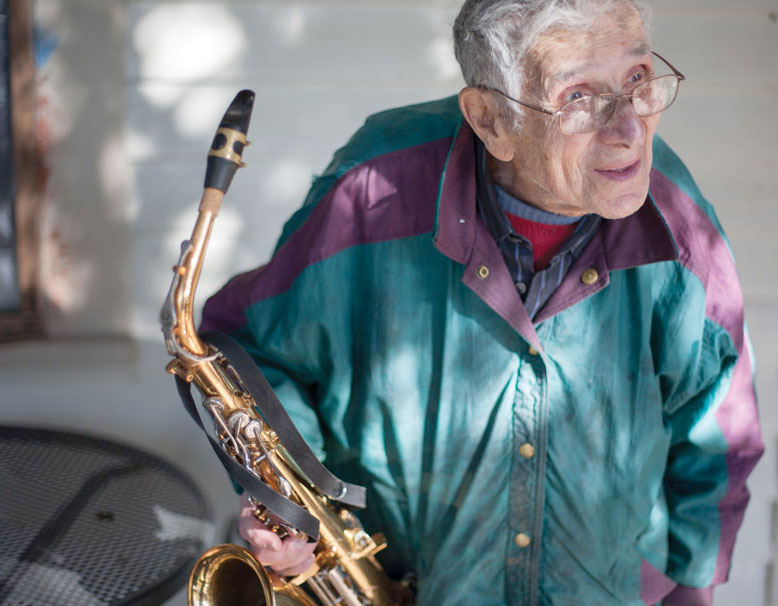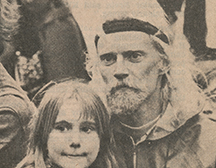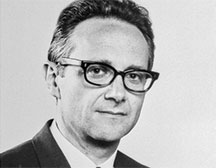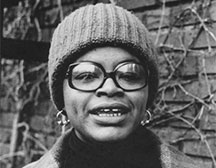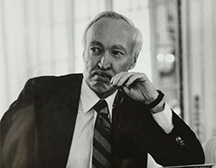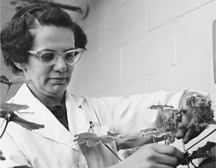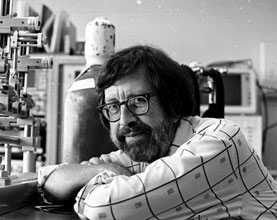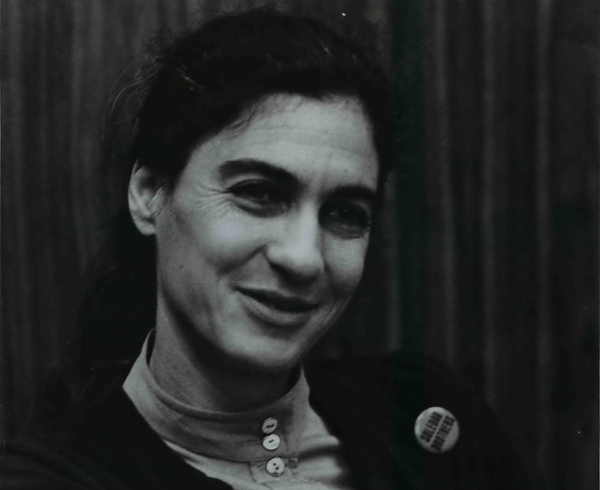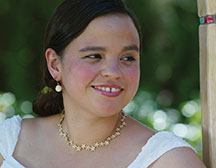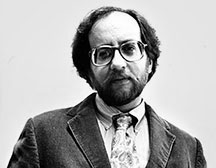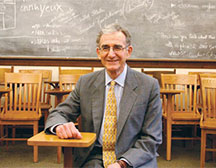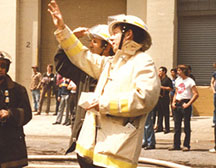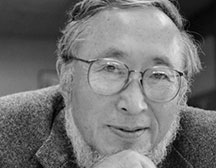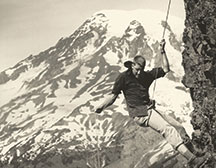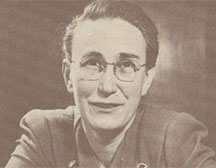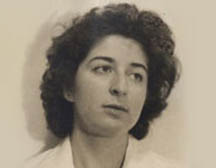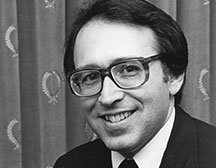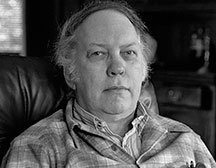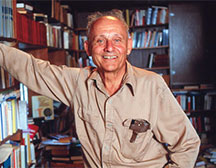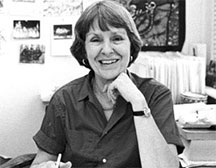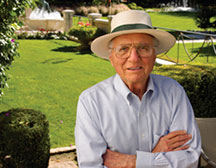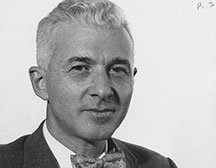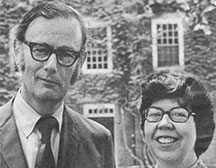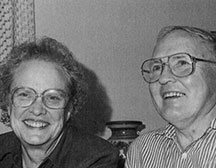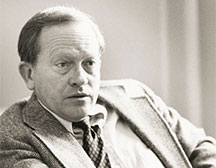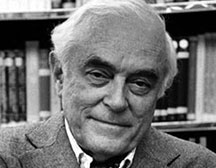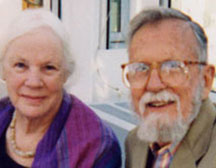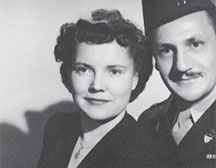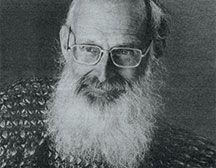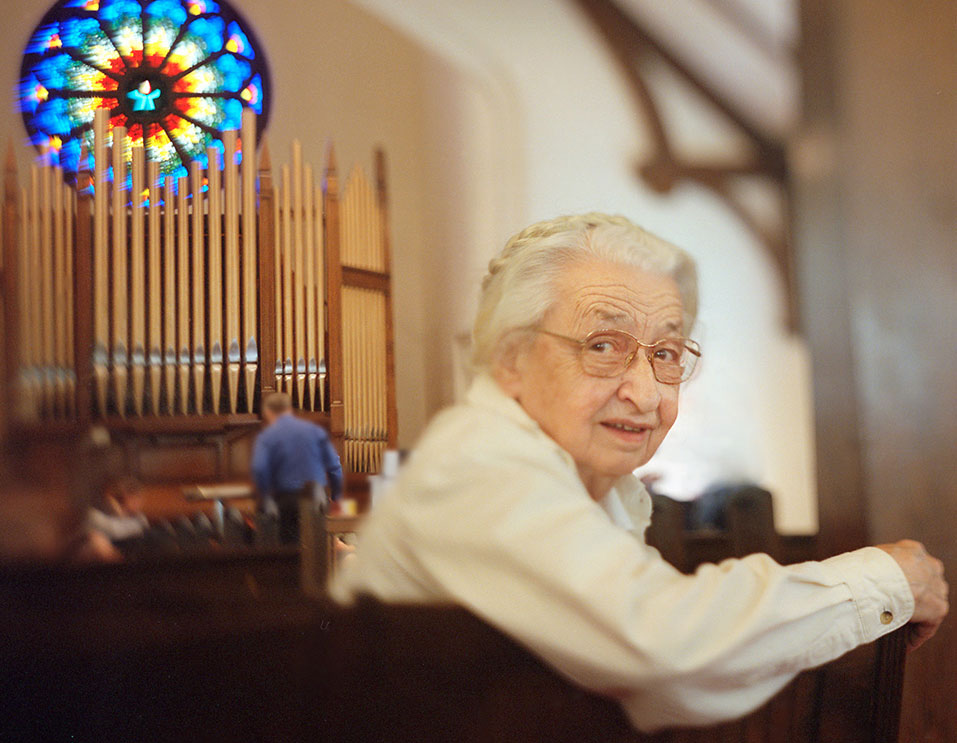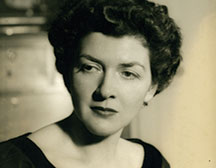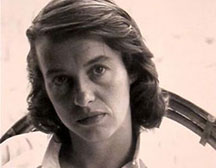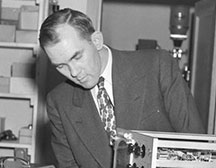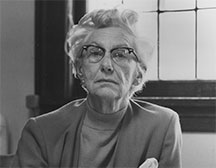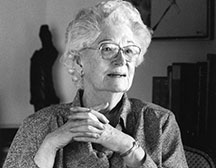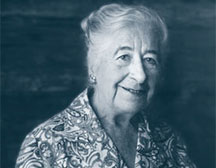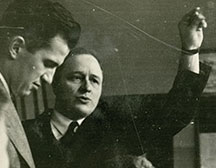Chemist Probed the Architecture of the Infinitesimal
Marilyn Morgan Olmstead ’65
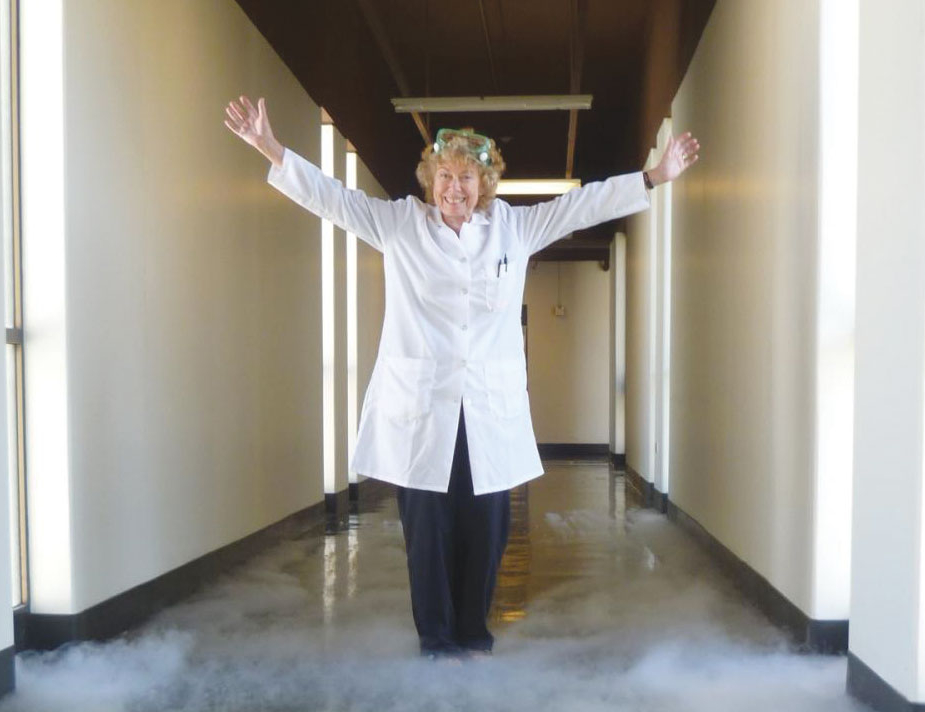
September 30, 2020, in Davis, California, from an accident while riding her bike.
A renowned international leader in the crystallographic study of fullerenes or buckyballs—spherical, crystalline allotropes of carbon— Marilyn devoted her life to deciphering nature’s rules for the assembly of molecules and atoms.
A crystallographer is a scientist who determines—via a picture created through X-ray diffraction—the geometric structure of molecules. “For an inorganic chemist, the structure is interesting itself,” Marilyn said. “New chemical bonds are discovered. It adds to our understanding of basic chemistry. There’s a lot of math (I love math), and there’s a lot of graphics. It’s a very artistic field.”
She likened X-ray crystallography to listening to an orchestra. Not only could she hear the individual notes, she comprehended the miracle of their complex integration.
A self-confessed tomboy, she grew up in Burbank, California, where, in addition to an interest in rocks, insects, and birds, she built and rebuilt radios. At the age of 12, Marilyn obtained a general ham radio operator’s license—becoming the youngest female ham operator in the United States. Her antennas dotted the neighborhood skyline; she used Morse code to communicate with other hams around the world and participated in civil defense drills.
From an early age, she was fascinated with symmetry, chirality, and repetitive motifs, and would peer at snowflakes, pine cones, insects, flowers, and mosaics to search for hidden symmetries and ponder their purposes in nature. She played tennis and piano, worked a summer job as a draftswoman at Lockheed, and was homecoming queen her senior year at her high school, from which she graduated with straight A’s.
She chose Reed after visiting the Northwest during the summer and deciding she wanted to learn how to ski. Majoring in chemistry, she thrived under the mentorship of Prof. Thomas Dunne [chemistry 1963–95], with whom she wrote her thesis, “Ultraviolet Absorption of Cis- and Trans-Isomers of Platinum (II) Complexes.” During a summer program, Marilyn met emerging leaders in inorganic chemistry and won a Woodrow Wilson Fellowship to support her graduate studies at the University of Wisconsin–Madison.
“Reed was a good place for her,” said classmate Bernard Wasow ’65. “People tended to undervalue Marilyn, because she was not a self-promoter and because she was a woman. At Reed, she was able to explore her interests and gifts (such as playing the recorder), without being tracked into a role that others imagined she should fit into. I think she encountered relatively little discrimination at Reed as a woman who pursued hard science, which is why she had a good time there. Reed has the reputation as an arty place, but it is really more like a prep school for graduate school, not touchy-feely. That suited Marilyn. She could be both conventional and very original without being molded too much.”
She also learned how to ski. “My mom talked about learning to ski at Mt. Hood and staying at the Reed ski cabin,” said Marilyn’s daughter, Janis. “She loved it. She described the leather boots and long skis that they used in the 1960s.”
At the University of Wisconsin, Marilyn pursued her interest in inorganic chemistry, studying molecular orbital theory. There she was introduced to the wonders of X-ray crystallography by Prof. Larry Dahl. Her focus had been molecular orbital theory, but she grew dissatisfied with the slow computers and use of IBM cards for carrying out the computations. At UW, she met Alan Olmstead, whom she married in 1966. Their first child, Janis, was born two years later.
“My interest in crystallography was sparked by Tom Dunne at Reed, and a grad school thesis committee member, Professor Larry Dahl,” she recollected. “I decided to follow that interest a few years after moving to UC Davis with my husband, Alan, in 1969.”
As a female scientist, Marilyn faced hurdles. Often the only female in her science and math classes in high school and graduate school, she was ridiculed and told that girls could not do that kind of work. Her first choice for a professor as adviser at UW turned her down, proclaiming that he did not accept female students. The professor who agreed to be her adviser refused to read or forward for publication the articles that she generated from her PhD thesis, telling her that he had to prioritize his male students, who needed jobs to support their families.
Accompanying Alan to UC Davis—where he had received a position as an assistant professor in the department of economics—Marilyn got a job as a lecturer in the chemistry department. A year later, she gave birth to a son, Eric, who died in infancy. In 1972, she had a third child, Nate. This was before family leave benefits existed, and Marilyn was forced to resign from her job before each birth with no guarantee of reappointment.
Over the next 34 years, she held positions as postdoctoral fellow, staff research associate, and specialist. And though she typically worked full time, many of these appointments were 49% time with no retirement benefits. Undeterred, she won several large grants to modernize the UCD crystallography lab that she directed. Under her leadership, the Davis facility would become one of the most productive crystallographic labs in the world. By 2000, she was the most published and cited member of the chemistry department. Marilyn believed that her accomplishments would speak for themselves, and that she would be appointed to the faculty. This was not the case. Finally, in 2003, when she was 60 years old, after outside pressure was applied on her behalf, she was appointed to the faculty as a full professor. She became emerita in 2015.
With Prof. Alan Balch, she pioneered a technique to crystallize fullerenes in a manner that yielded superior structural data, and utilized this technique to elucidate the structures of numerous new, higher or endohedral fullerenes.
Marilyn was the first person in the world to characterize an endohedral metallofullerene and a non-isolated pentagon rule-obeying endohedral metallofullerene using X-ray crystallography—work that was central to the PhD dissertations of dozens of students coadvised by Balch and Olmstead. In addition to her expertise in fullerenes, her crystallographic prowess spurred breakthroughs in coordination chemistry, organometallic chemistry, organic synthesis, and solid-state inorganic chemistry. She was a visiting scholar at research institutes in numerous countries, including Malaysia, China, Germany, Great Britain, India, and Switzerland.
After retiring, Marilyn continued active research and mentorship. She regularly accompanied students to the synchrotron at Lawrence Berkeley National Laboratory to collect datasets over daylong shifts. During the COVID-19 shutdown, she was remotely advising a half dozen graduate students and was branching into an entirely new field of chemistry.
In addition to her professional activities, Marilyn played tennis almost daily and won several local tournaments. She loved hiking, fishing, skiing, ice skating, snowshoeing, canoeing, and bike riding. She devoted herself to community and university activities, worked in voter registration drives, coached youth tennis, and was the consummate soccer and basketball mom. She was killed when a car hit her bicycle on a rural road in Yolo County.
Appeared in Reed magazine: March 2021

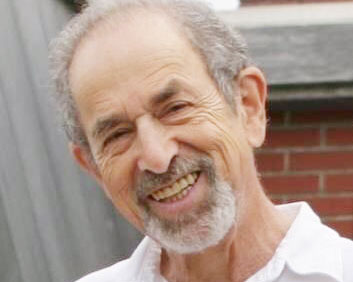
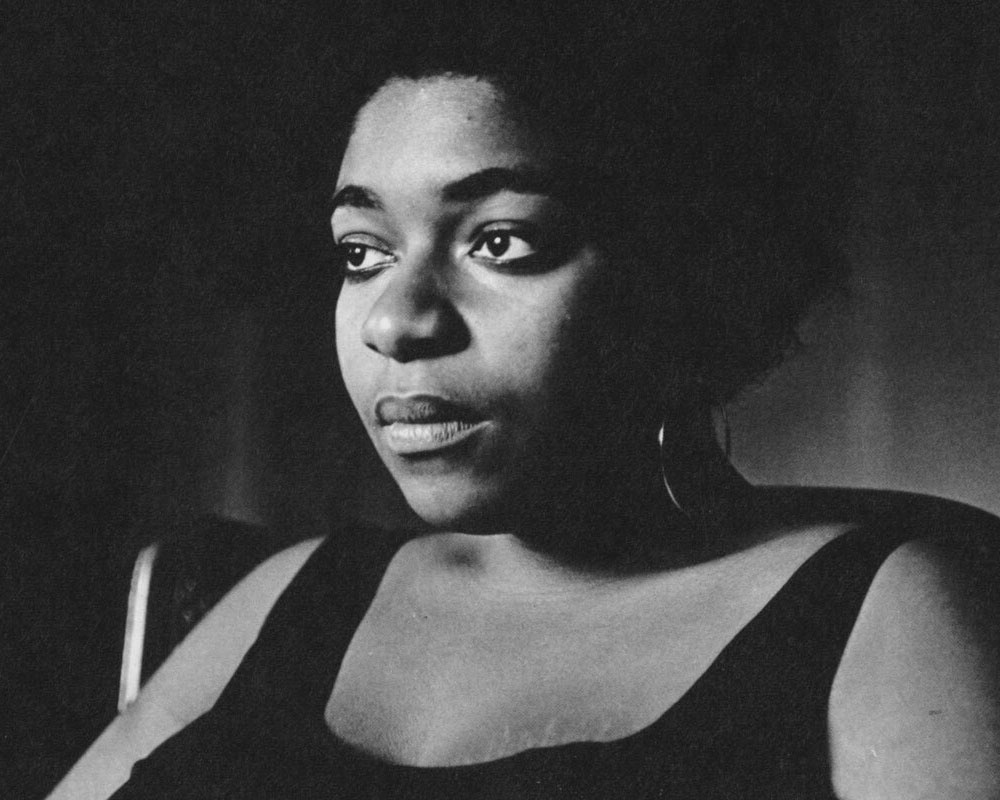
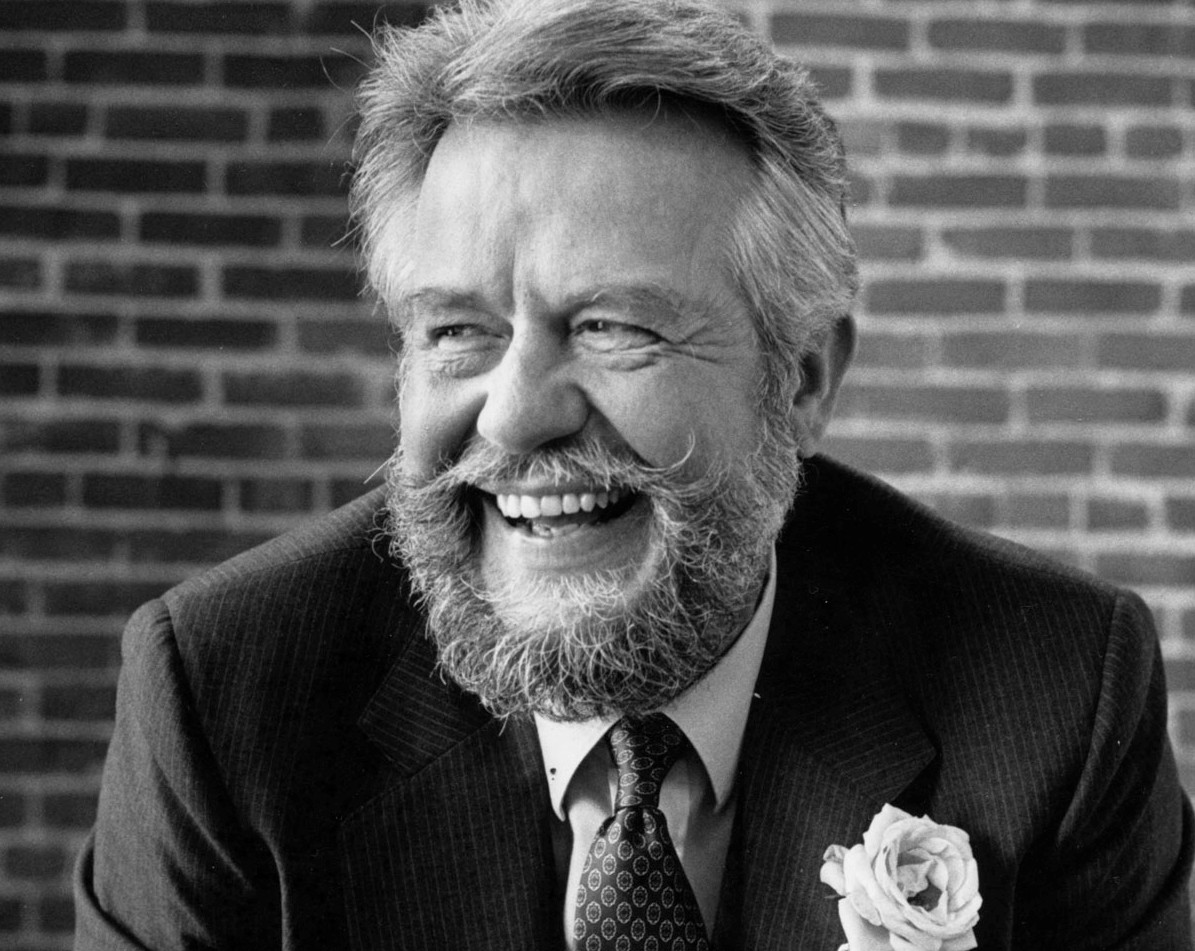
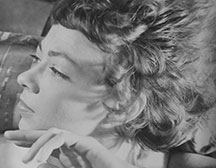
![Photo of Prof. Marvin Levich [philosophy 1953–94]](https://www.reed.edu/reed-magazine/in-memoriam/assets/images/2022/LTL-levich1.jpg)
![Photo of President Paul E. Bragdon [1971–88]](https://www.reed.edu/reed-magazine/in-memoriam/assets/images/2020/Bragdon.jpg)
![Photo of Prof. Edward Barton Segel [history 1973–2011]](https://www.reed.edu/reed-magazine/in-memoriam/assets/images/2020/Segel.jpg)
